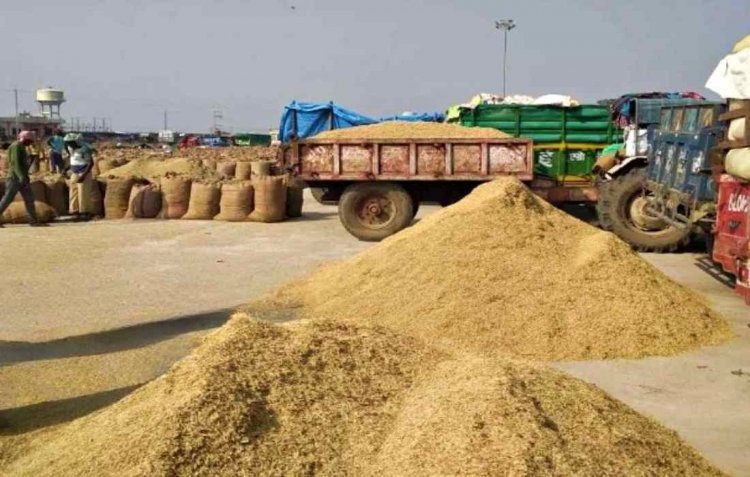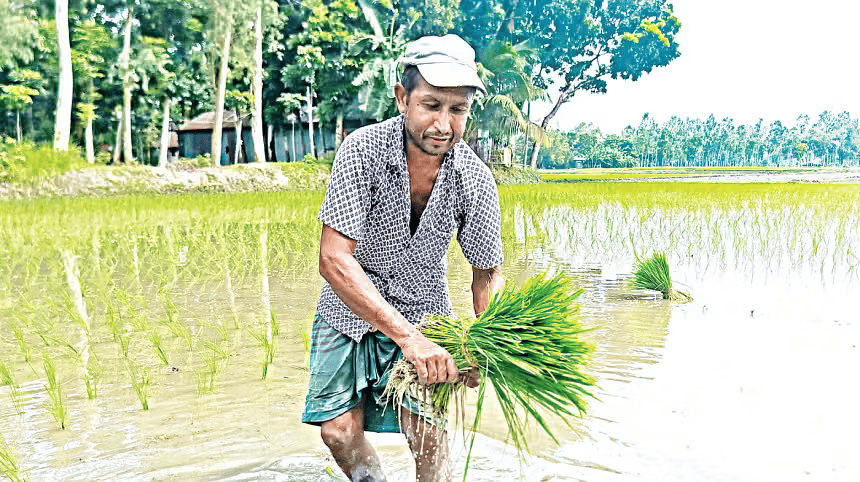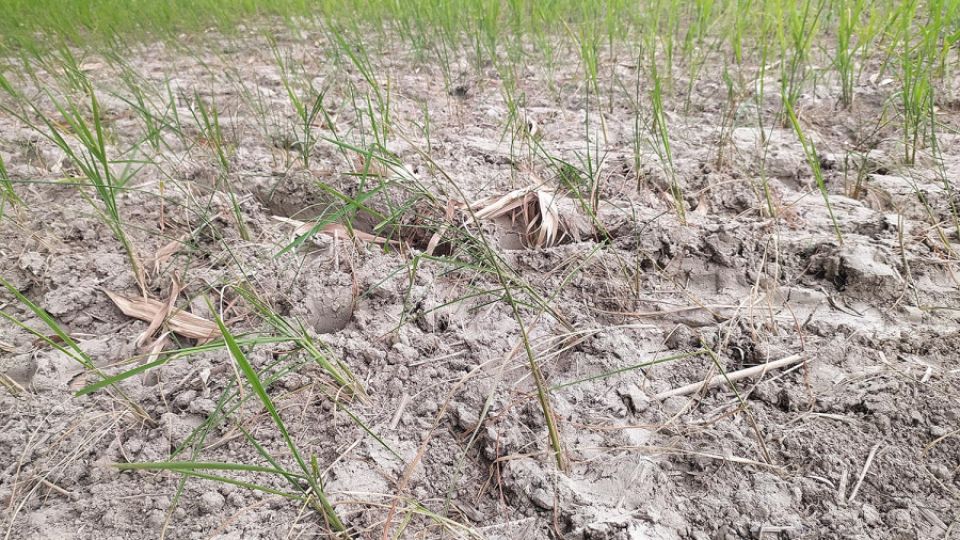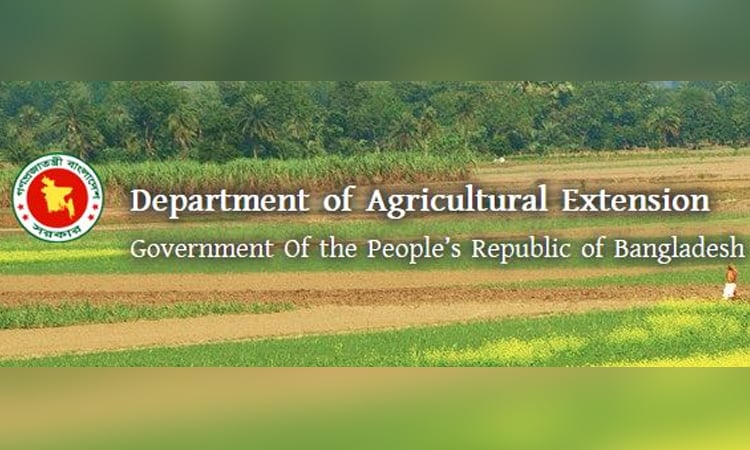Tags
Basmati paddy prices drops by 28 percent to Rs 2,500 per quintal in mandis
Basmati rice prices have dropped even before the season has begun, falling by 28.5 percent compared to last year. Currently, prices are approximately Rs 2,500 per quintal, down from Rs 3,200 to Rs 3,500 per quintal at the same time last year.
Brijesh Chauhan

The prices of Basmati paddy have declined sharply even before the of start of the coming Kharif harvest season, causing concern among farmers and traders. The price of Basmati paddy has fallen by 28.5 percent compared to the same period last year. Currently, prices are hovering around Rs 2,500 per quintal, a significant drop from the Rs 3,200- Rs 3,500 range during this time last year. Prices had surged to Rs 4,000- Rs 4,800 per quintal in the peak season of October-November.
The steep decline is primarily attributed to the weak prospects of export of basmati rice and Minimum Export Price (MEP) of 950 Dollar per tonne imposed by the Government of India is reason behind this situation. The high MEP has reduced the competitiveness of Indian Basmati in the global market. The situation is further exacerbated by a bumper crop—Basmati production in India increased by 25 percent last year, and another 15 percent rise is expected this year due to favorable sowing conditions.
Basmati rice is a major source of income for farmers across key producing states and areas such as Punjab, Haryana, Western Uttar Pradesh, Uttarakhand, Delhi and Jammu and Kashmir where it is cultivated over approximately 1.5 million hectares annually. The current price decline is especially worrying given the rising production, which could lead to oversupply and further price drops.
Sandeep, a trader from Karnal Mandi, told Rural Voice that Basmati prices have deceased by Rs 100- Rs 150 per quintal in the last one week. The current price of Rs 2,500 per quintal is barely above the Minimum Support Price (MSP) of comman paddy. The central government has fixec the MSP at Rs 2300 for common paddy and Rs 2320 per quintal for Grade-A paddy for the upcoming Kharif marketing season (2024-25). While there is typically a significant price gap between regular and Basmati paddy, this gap has narrowed. Since much of Basmati production is exported and it commands a higher price in the domestic market also compared to the non-basmati rice, the current trend is alarming for both farmers and traders.
Basmati exporter and former president of the All India Rice Exporters Association, Vijay Setia, stated that the presence of old Basmati stocks combined with the arrival of early-sown new crops has led to a significant drop in prices. Speaking to Rural Voice, Setia highlighted that the large carryover stock from previous seasons, coupled with fresh supplies entering the market, has exerted downward pressure on prices.
Setia also pointed out that the current minimum export price (MEP) of 950 Dollar per tonne is a major factor contributing to the decline in Basmati prices. According to him, the high MEP is making it difficult to maintain competitive exports in global markets. He emphasized that the government needs to consider reducing the MEP to make Basmati exports more viable. This adjustment, Setia argued, would not only boost exports but also ensure that farmers receive fair prices for their produce.
Sushil Jain, President of the Haryana Rice Exporters Association, told Rural Voice that Basmati paddy prices have dropped by 20-25 percent from last year, mainly due to the Indian government’s Minimum Export Price (MEP) of 950 Dollar per tonne, which is affacting exports of basmati rice. Meanwhile, Pakistan’s MEP for Basmati is only 700 Dollar per tonne, boosting their Basmati rice demand in the global market. Jain suggested that India needs to either lower its MEP to 700 Dollar or remove it entirely to remain competitive. Without this adjustment, Pakistan’s exports will rise, harming India’s Basmati trade which ultimately will affact the price of basmati paddy farmers will get by selling it in the mandis.
https://eng.ruralvoice.in/national/basmati-paddy-prices-drops-by-28-percent-to-rs-2500-per-quintal-in-mandis.htmlPublished Date: August 20, 2024






